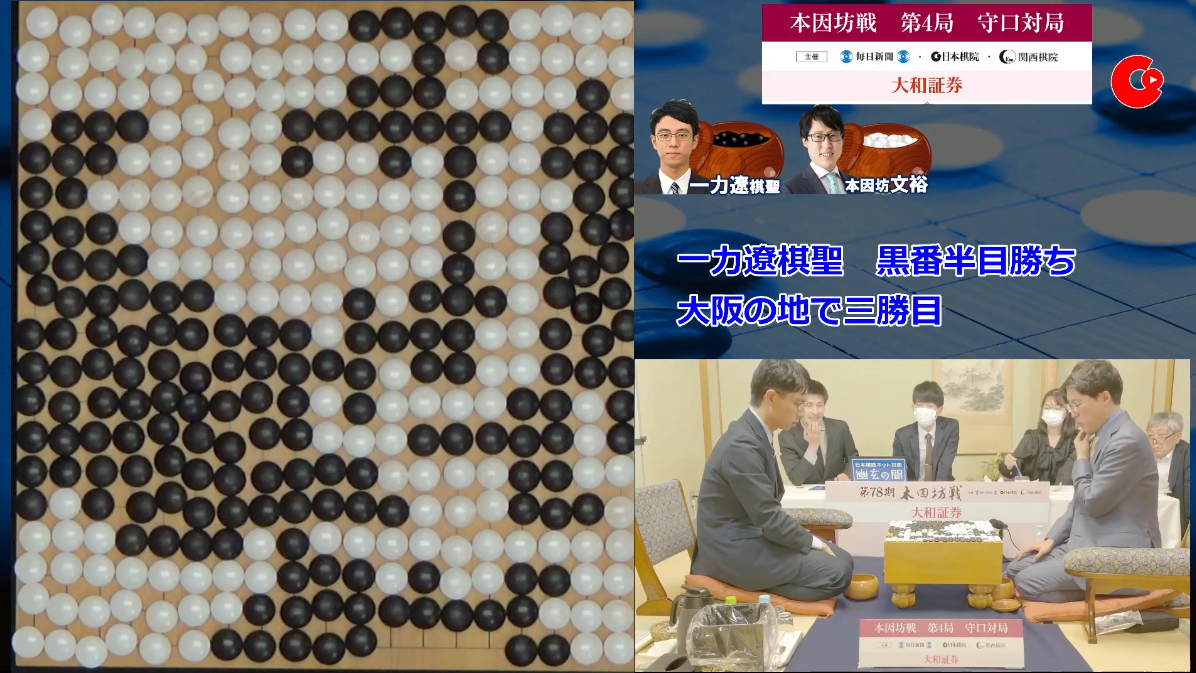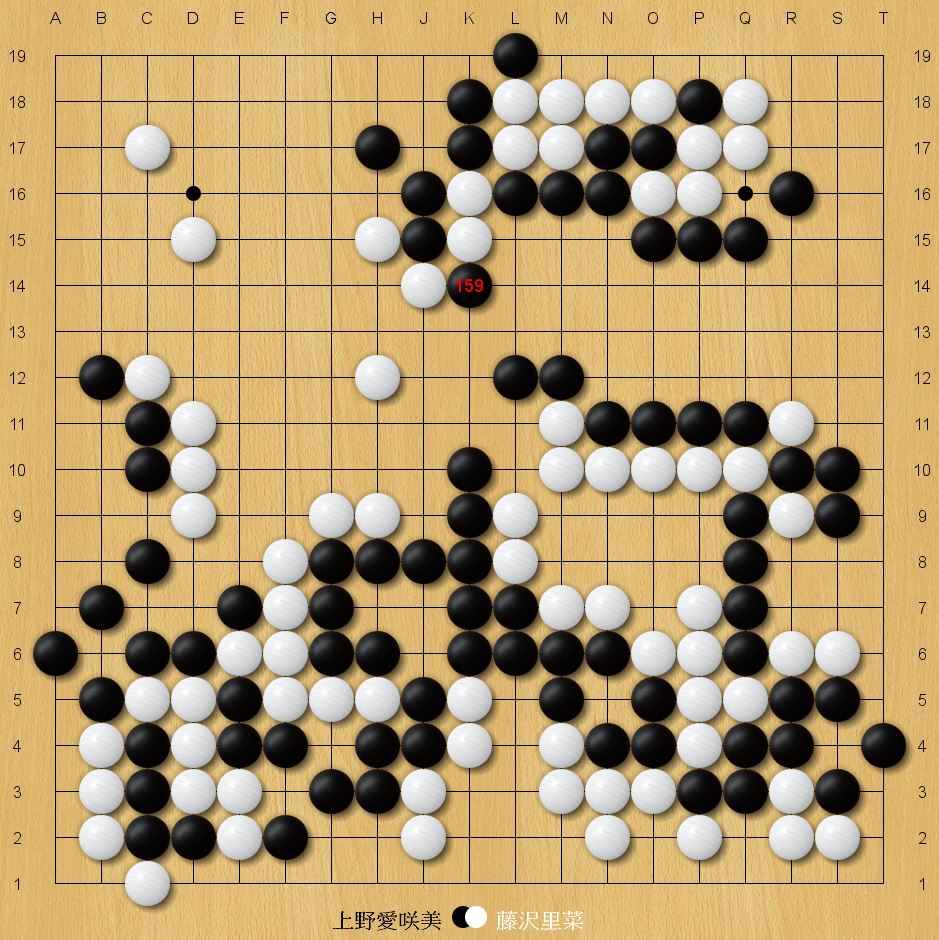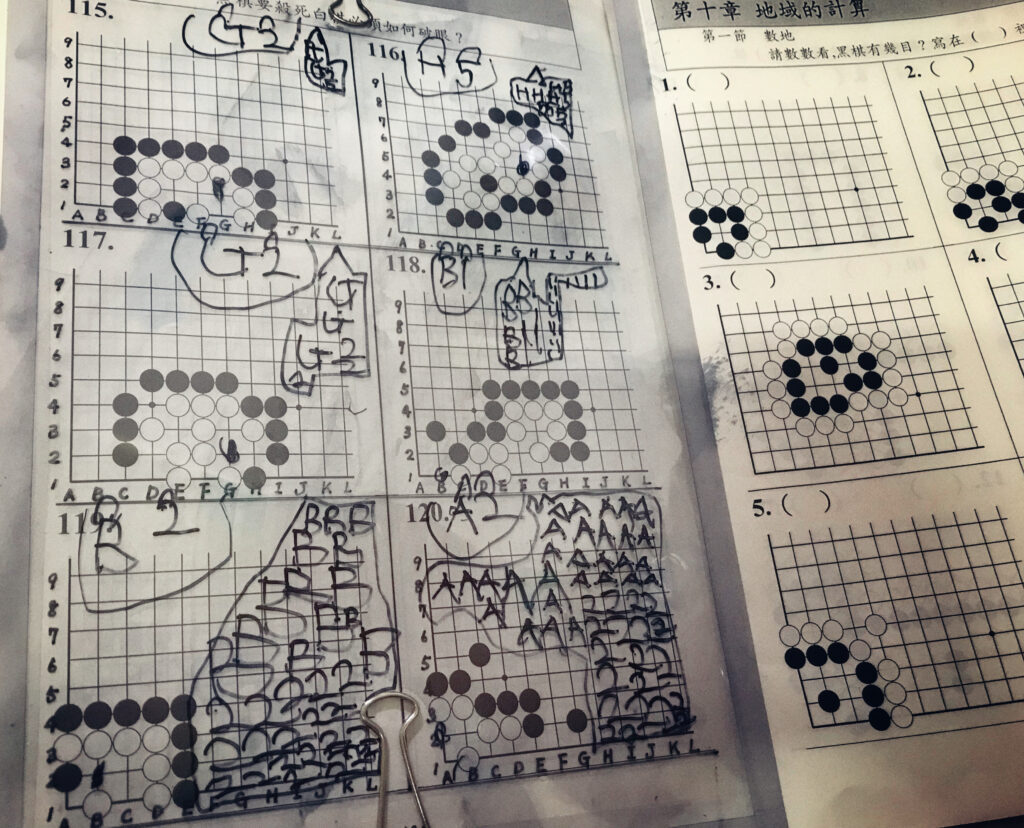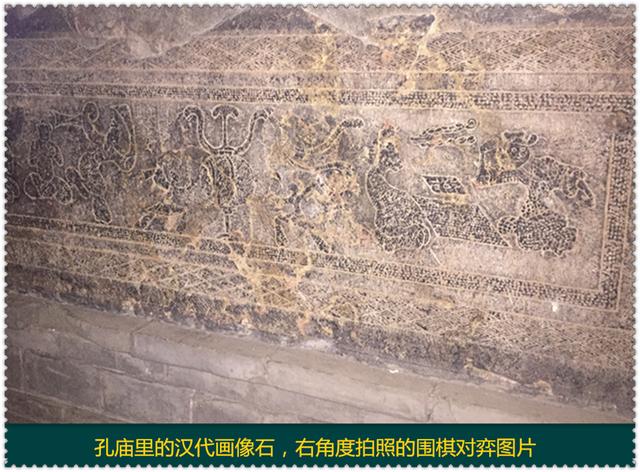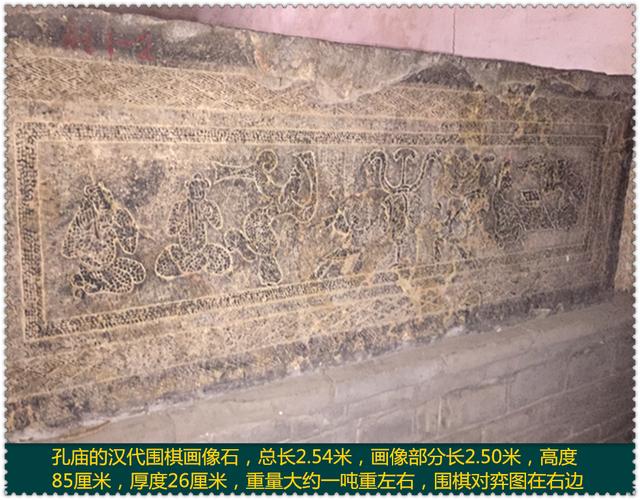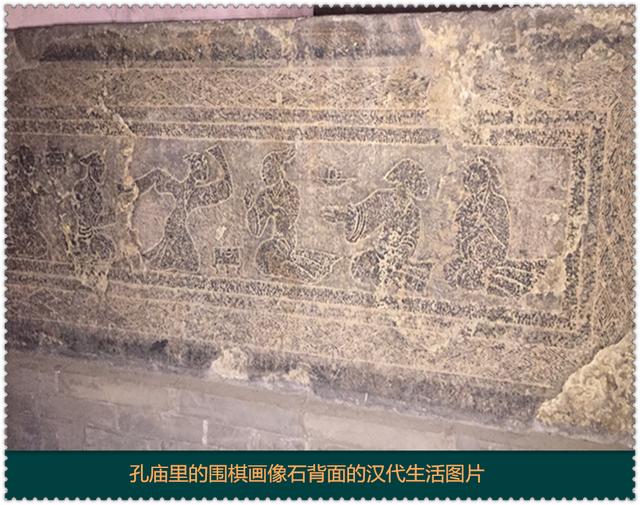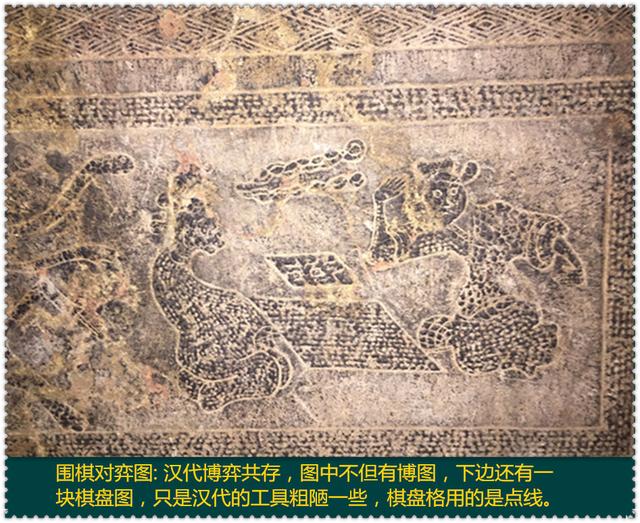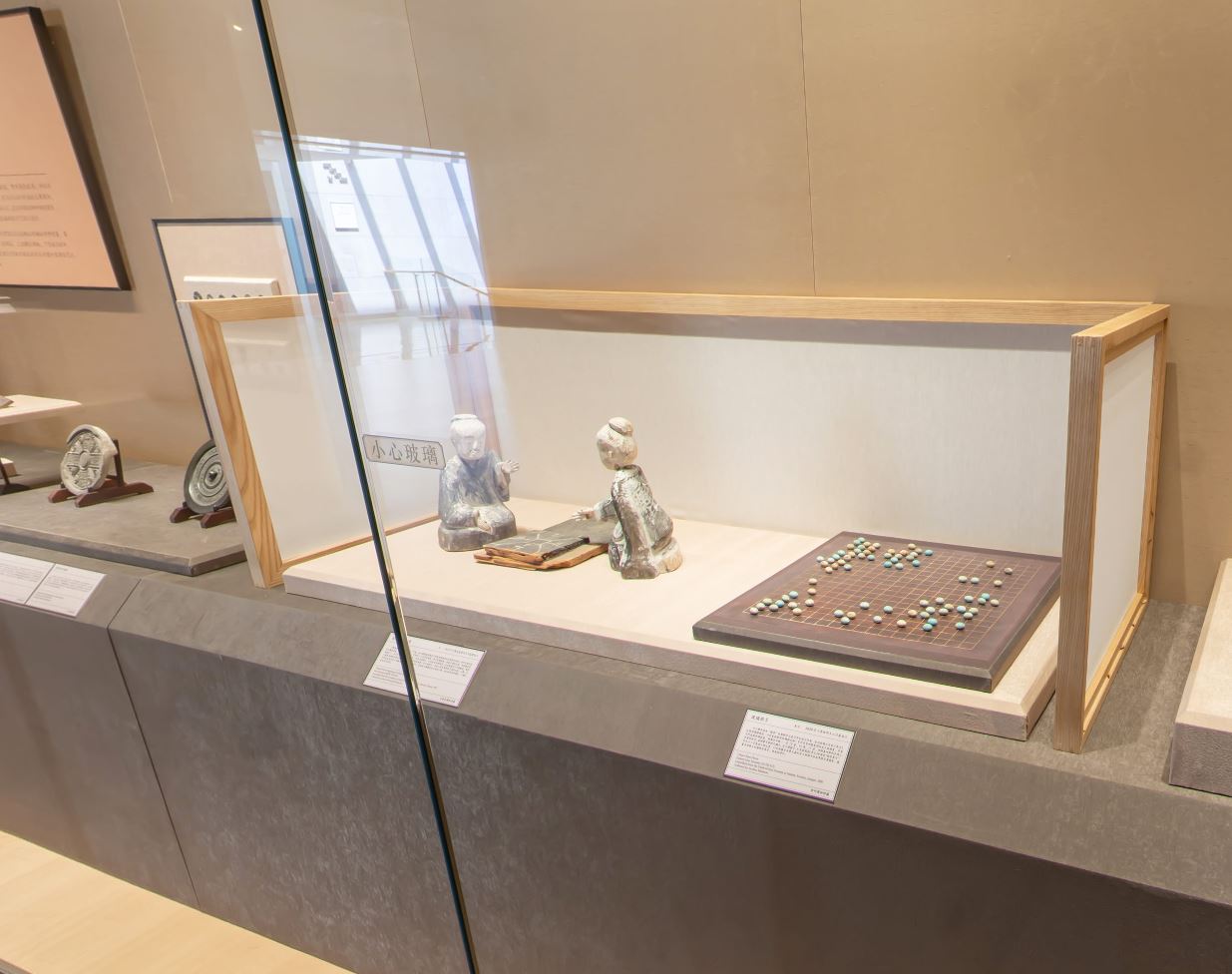Original Article here:
https://www3.nhk.or.jp/news/html/20230606/k10014091431000.html?fbclid=IwAR0VyKkbUUeqNqmdexOtwGMaDhgBRVqv7wpzVBQ8i7Cts7GQrEVxuA1a7lc_aem_th_ARJ4Nk1RqOw4FpfYqtNx7YcPfAXpfqtdmLKWdoB2LVHS-xALYoh3ruEBhulQ7JnRN30
Posted on 6th June 2023.
Not really a Go incident but it became a big issue in the Go world in Japan since Go and Shogi are closely related.
Since it happened to Shogi it may very well happen to Go as well.
Do you think the incident could've been prevented?
Full article:
It has been revealed that the student who won this year's "Student Meijin Tournament," where the winner is granted qualification to participate in certain professional shogi competitions, has been disqualified for violating tournament regulations by using a shogi AI app during the game.
According to the All Japan Student Shogi Federation, the organizer of the "Student Meijin Tournament," after the final match held in Tokyo on the 4th, some participants raised concerns about the male student who emerged victorious, stating that "there were too many instances of absence from the board during the game and requested an investigation."
Subsequently, the federation conducted an inquiry with the student in question and discovered that he had possessed a smartphone with the power on during the game. It was found that he had used a shogi AI app that inputs the game position and suggests the best moves during the final and semifinal matches.
According to the tournament regulations, electronic devices should be turned off during the game, and the use of mobile phones during absence from the board is not permitted. It is specified that violators who are found to have used shogi software during the game will be disqualified.
As a result of the deliberation, the male student was disqualified, and the runner-up student was promoted to the winner's position.
According to the federation, the male student has not provided detailed explanations regarding the matter.
The "Student Meijin Tournament" is a competition that determines the top student shogi player in Japan. It has a history of 79 years and is sponsored by the Japan Shogi Association. The winner is granted qualification to participate in the "Asahi Cup Shogi Open Tournament" aimed at professional shogi players.
The All Japan Student Shogi Federation, in response to an inquiry from NHK, stated, "We have a belief in trusting the participants, so it is disappointing and surprising. We will deal strictly with any misconduct."


